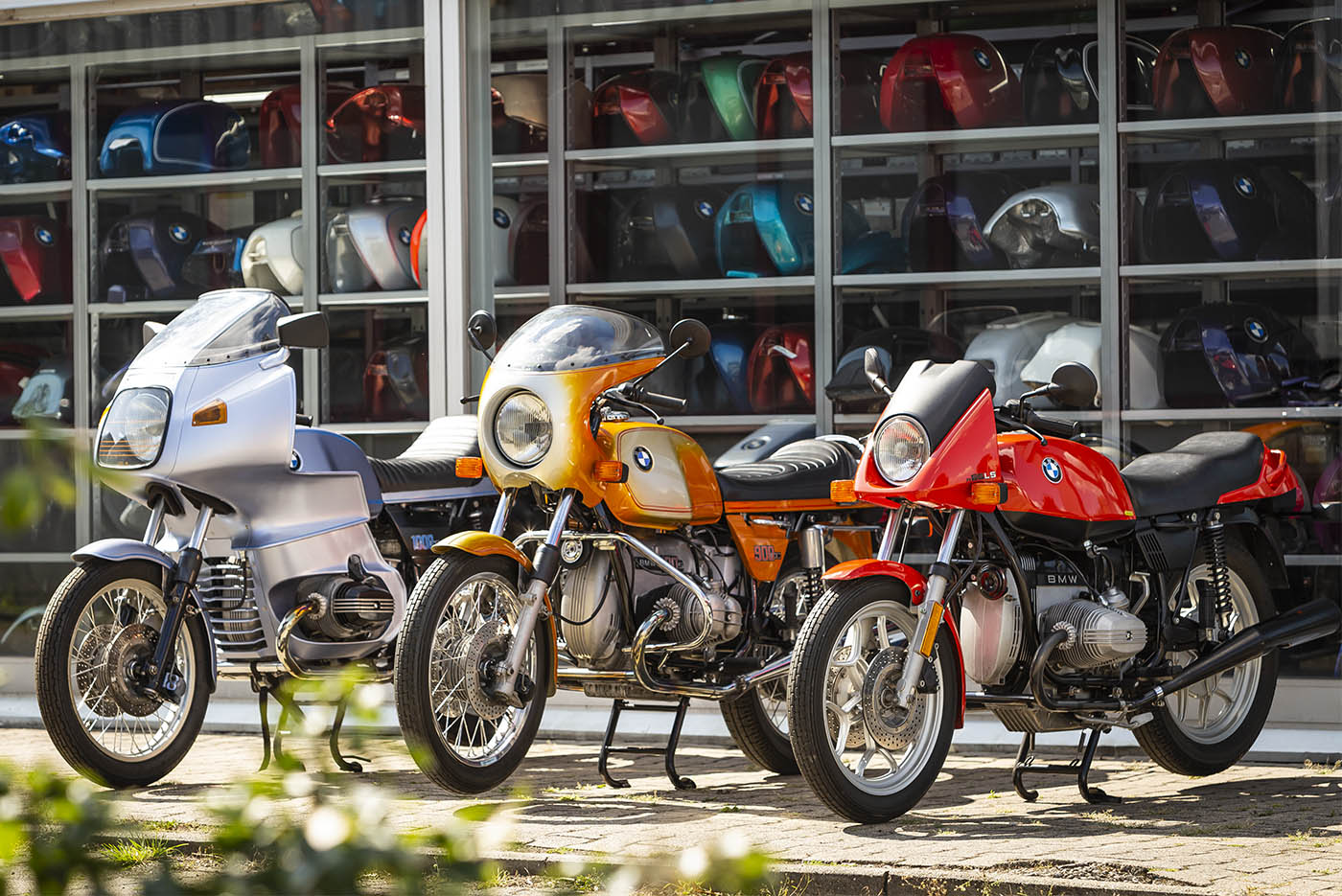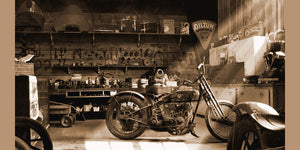Discover High Quality Moto Parts NZ for All Your Motorcycle Needs
Discover High Quality Moto Parts NZ for All Your Motorcycle Needs
Blog Article
An In-depth Consider Motorbike Parts: What Every Biker Ought To Know
An extensive understanding of bike parts is not simply useful yet important for any kind of rider aiming to optimize performance and safety. Each part, from the engine's complex workings to the dependability of brake systems, plays a critical function in the general experience and functionality of the bike. However, past just knowing what these components do, it is essential to appreciate how they interact and sustain each other. This interconnectedness can make the difference in between a smooth trip and unanticipated problems. What ins and outs exist within this mechanical harmony that every cyclist should grasp?
Comprehending the Engine
The engine, usually considered the heart of a bike, is a complex assembly of elements that function in consistency to convert fuel right into activity. At its core, the engine's key function includes the combustion process, where air and gas mix and fire up within the cylinders, leading to regulated surges that drive the pistons. These pistons go up and down, transforming chemical energy into power, which consequently turns the crankshaft, eventually powering the bike.

Recognizing the details of a motorcycle engine is important for motorcyclists and enthusiasts alike. It not just provides understanding into how bikes accomplish their excellent power and speed yet additionally aids in effective upkeep and troubleshooting, ensuring long life and dependability when traveling.
Suspension Systems
While the engine powers the motorcycle, the shock absorber plays a vital role in ensuring a regulated and smooth experience. The suspension system is in charge of soaking up shocks from the roadway surface, preserving tire contact, and providing security during cornering and braking. It comprises two main parts: the front forks and the back shock absorbers.
Front forks are usually telescopic, including a springtime and moistening mechanism. The spring presses and prolongs to soak up bumps, while the dampening mechanism regulates the activity to avoid excessive jumping. This combination makes certain the front wheel continues to be in call with the road, supplying superior handling and comfort.
The back suspension, normally a monoshock or twin-shock arrangement, functions likewise to the front suspension however is customized to support the bike's weight and motorcyclist - motorcycle shop. It takes care of rear wheel movement, adding to the bike's overall equilibrium and responsiveness
Suspension systems can be adjustable, enabling motorcyclists to tweak preload, compression, and rebound settings according to personal preferences and riding problems. This adjustability improves performance by optimizing the motorbike's interaction with diverse surfaces. In recap, an efficient shock absorber is critical for cyclist convenience, safety, and the motorbike's dealing with prowess.
Brake Parts
Quiting power is a basic facet of bike safety and security, and it rests on the performance of the brake parts. The key elements of a bike's stopping system consist of the brake pads, calipers, rotors, and master cyndrical tube. motorbike shop. Each of these elements plays a critical function in making sure effective braking efficiency
Brake pads are crucial as they produce the necessary friction versus the blades to reduce or stop the motorbike. Built from products such as sintered steel or organic composites, the option of brake pad material significantly affects efficiency and long life. Calipers, housing the brake pads, apply stress to the pads when the brake bar is engaged, assisting in call with the read what he said rotors.
The blades, normally made from stainless steel or actors iron, are installed to the wheels and function as the surface area against which the brake pads press. Their layout, including size and density, affects warmth dissipation and stopping power. The master cylinder, linked to the brake lever, creates hydraulic pressure transferred through brake lines to the calipers, making certain constant stopping force.
Normal maintenance and examination of these elements are crucial for optimal efficiency, preventing wear and making sure rider security when traveling.
Tire Fundamentals
Beyond maintaining durable braking systems, making sure optimum tire performance is similarly significant for bike safety and effectiveness. Tires are the single call factor between the motorcycle and the road, making their problem crucial in handling, stability, and general experience top quality. Picking the ideal tire type is critical, as it directly influences grip and efficiency. Choices vary from exploring to sporting activity tires, each created to fit certain riding conditions and styles.

Furthermore, consider the tire's age. Rubber compounds break down over time, also if tread shows up adequate. Examine the sidewall for the DOT (Department of Transportation) code to identify the tire's age. Commonly, replacement is suggested every 5 years, navigate here no matter wear. Spending focus in these tire basics not only maximizes performance however also substantially boosts riding safety.
Electric Equipments
In the world of motorcycle maintenance, the electrical system plays an important role in making certain trustworthy performance and cyclist safety and security. This intricate network encompasses vital elements such as the battery, alternator, starter motor, and electrical wiring harness. Each aspect is essential for the smooth procedure of the motorbike, from ignition to lights and interaction with different sensors.
The battery functions as the heart of the electrical system, supplying the needed power to start the engine and run devices. Consistently examining the battery's voltage and terminals for deterioration is critical to stop unforeseen failings. The alternator, on the other hand, reenergizes the battery while the engine is running, making certain a site link constant power supply.
To keep it, motorcyclists should pay focus to any unusual sounds or troubles throughout start-up. Ensuring that the wires are totally free and undamaged from damages is crucial for stopping short circuits and ensuring performance.
Final Thought

Stopping power is a fundamental facet of motorbike safety, and it pivots on the efficiency of the brake elements. The key components of a motorbike's braking system consist of the brake pads, calipers, rotors, and master cylinder.Brake pads are vital as they produce the necessary rubbing against the blades to slow down or stop the bike.Beyond preserving robust stopping systems, ensuring ideal tire performance is similarly substantial for motorbike safety and security and efficiency.In the realm of bike upkeep, the electrical system plays an essential duty in making sure reliable performance and cyclist security.
Report this page